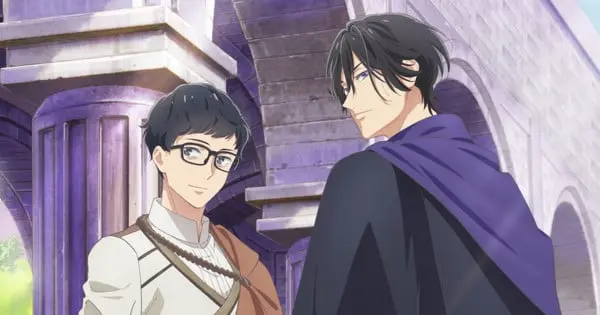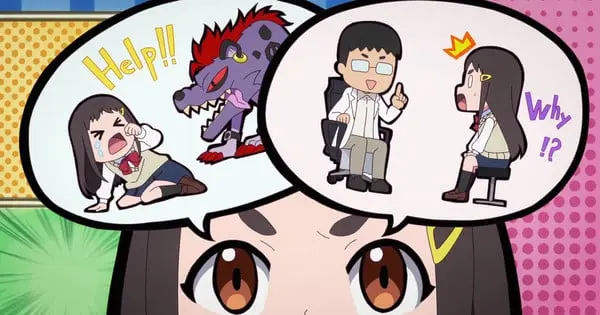In the desolate yet beautifully rewilded landscape of post-apocalyptic Japan, two intrepid travelers, Youko and her cyborg companion Airi, continue their journey of discovery. “Touring After the Apocalypse,” an anime adaptation of Sakae Saito’s manga, follows their adventures on an electrified Yamaha Serow motorcycle, exploring forgotten landmarks and uncovering glimpses of a bygone era. Episode 8, titled “Kasumigaura, Mobility Resort Motegi,” delves deeper into their quest, offering a blend of serene exploration, nostalgic flashbacks, and lingering mysteries.
A Journey Through Verdant Ruins to Motegi
The latest installment sees Youko and Airi venturing towards Mobility Resort Motegi, a renowned motorsports facility. Their route takes them through Kasumigaura, showcasing the series’ signature visual style where nature has reclaimed urban and industrial spaces. The roads, surprisingly clear despite the lack of human maintenance, allow the duo to navigate the overgrown paths with their electric bike, which charges efficiently from the abundant sunlight. This picturesque yet melancholic setting emphasizes the “post-human” world where human structures stand as silent monuments, slowly being reabsorbed by the environment.
Discovering the Mobility Resort Motegi
Upon reaching Mobility Resort Motegi, Youko and Airi utilize a new “Stamp Rally” function, suggesting a gamified exploration of the abandoned complex. Within the resort, they stumble upon a still-pristine showroom, miraculously preserved from the elements. This discovery is a highlight, featuring various Honda-produced vehicles and even some ASIMO robots, relics from the year 2000. These untouched artifacts provide a poignant contrast to the ruined world outside, serving as a time capsule of pre-apocalyptic human ingenuity and consumerism. While the presence of ASIMO robots is noted, the episode doesn’t explicitly link them to the cause of the apocalypse, despite previous sightings of damaged mechs elsewhere.
Youko’s Past and the Echoes of a Bygone Era
Episode 8 offers significant insights into Youko’s character through a series of vivid flashbacks. While exploring the racetrack at Motegi, Youko experiences a memory of herself racing gasoline-powered motorbikes in the world before the end. These powerful visions reawaken her “thrill-seeking tendencies” and highlight the stark difference between the roaring, high-speed machines of the past and her current, range-focused electric bike. These flashbacks, a recurring element in the series, allow Youko to perceive these locations as they once were, teeming with life and activity, adding a layer of bittersweet nostalgia to their solitary journey. Her connection to a “big sister” through old travel posts and photographs also continues to be a driving force and a source of her motivation to explore.
Unanswered Questions in a Beautifully Desolate World
As with previous episodes, “Kasumigaura, Mobility Resort Motegi” maintains the series’ characteristic blend of serene exploration and underlying mystery. The episode doesn’t significantly advance the overarching narrative regarding the apocalypse itself or the exact nature of Youko’s world. Questions persist about the “odd floating lights” in the sky, which resemble fixed constellations and are speculated to be satellites, though their purpose and origin remain unexplained. The absence of other living humans, aside from Youko and Airi, continues to underscore the profound solitude of their journey, occasionally interrupted by encounters with various AI entities.
Conclusion: A Reflective Ride Through Emptiness
“Touring After the Apocalypse ‒ Episode 8” continues to deliver the series’ unique blend of post-apocalyptic tranquility and quiet contemplation. Through Youko and Airi’s motorcycle tour of Kasumigaura and Mobility Resort Motegi, viewers are treated to stunning visuals of a rewilded Japan, poignant glimpses into a lost past, and the enduring bond between the two travelers. The episode masterfully balances the melancholy of a world without humanity with the serene beauty of nature’s resurgence and the simple joy of discovery, leaving audiences to ponder the mysteries of the past while appreciating the present journey.










